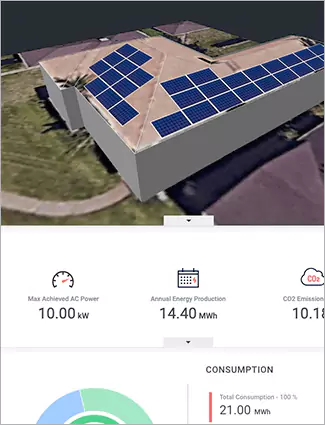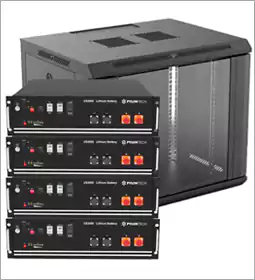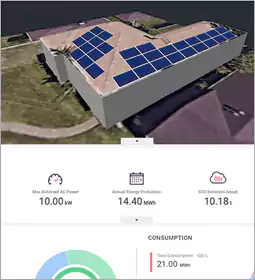How to Size a Solar System: Step-by-Step
It is important that you factor in these points before investing in your solar system. Get the right equipment without it underperforming after installation
Get yourself informed of the components in a solar PV system installation so when you are ready and in front of a solar agent, you know what you are talking about an understand the 'language' and terms.

Investing in a solar system is a smart solution for homeowners. The latest solar panels and photovoltaic (PV) systems are easy to install, maintain, and operate, with long-term performance and energy savings.
To make the most of your grid-tie solar system, you’ll want to know how to correctly size the system to cover your energy use patterns without over-sizing your PV array.
Follow these steps to learn how to get a sizing estimate, calculate your solar needs, and select the right panels to get the most benefit out of your solar installation.
Getting Started with Solar System Sizing
Before you begin to size a solar system, you’ll want to figure out the main constraints on the project and use those restrictions as the starting point for the design. You can approach the project from one of three angles:
Take into consideration other sizing factors and common stumbling blocks that may impact how to size a solar system:
Once you’ve assessed your solar needs and established your approach to design, follow these steps to size a grid-tied solar system.
Estimating of Your Energy Usage
Before you begin to size a solar system, follow these steps to determine your home’s average electricity consumption and PV needs:
1. Calculate Your kWh Usage
1. Gather the kilowatt-hours (kWh) usage from your electric bill. You’ll want to have full 12 months of usage to be able to look at peaks and valleys in usage over a year. Energy consumption spikes in the summer and winter with heavier use of air conditioners, or heaters.
2. Determine your average monthly kWh usage. Add up your kWh usage for 12 months and divide by 12 to figure out your average monthly consumption. Your grid-tied system will tend to overproduce in the summer with peak sun exposure.
3. Figure your daily kWh usage. Divide by 30 to determine your daily kWh usage.
If your utility provides a favorable net metering policy, the energy your system generates can be banked with the utility as a credit that can be used later. Not all utility companies give you credit; check with your local provider.
2. Look Up Your Peak Sun Hours
Average peak sun hours vary greatly depending on your location and local climate. You’ll want to determine how may peak hours of sunlight you’ll get so you can make the most of the solar power:
1. Look up your peak sun hours, through a sun hours chart to determine the number of hours per day the sun produces peak sunlight.
2. Find the nearest city to you and write down the daily average of peak sun hours.
3. Calculate the Size of Your Solar System
To figure out how to size your solar system, take your daily kWh energy requirement and divide it by your peak sun hours to get the kW output. Then divide the kW output by your panel’s efficiency to get the estimated number of solar panels you’ll need for your system.
| # | Province | Average Daily Peak Sun Hours |
|---|---|---|
| 1 | Eastern Cape | 4.3 - 5.6 |
| 2 | Free State | 5.3 - 5.7 |
| 3 | Gauteng | 5.3 - 5.5 |
| 4 | Kwazulu-Natal | 4.3 - 5.3 |
| 5 | Limpopo | 4.7 - 5.3 |
| 6 | Mpumalanga | 4.7 - 5.5 |
| 7 | Northern Cape | 5.7 - 6.3 |
| 8 | North West | 5.5 - 6.1 |
| 9 | Western Cape | 4.7 - 6.0 |
(Daily kWh ÷ average sun hours) x 1.15 efficiency factor = DC solar system size
For example, if you live in Polokwane, you average six peak sunlight hours per day. You’ll need 6.2 kW DC according to the formula:
(33 kWh ÷ 6.1 sun hours) x 1.15 efficiency factor = 6.2 kW DC solar system size required
Using the example above with a 6.2 kW DC system, you can multiply this number by 1,000 to confirm that you need 6,200 watts of solar panels.
6.2 kW x 1000 (convert to watts) = 6200 watts solar panel required
Talk to a solar expert to assist you if you are still not sure of the above.



